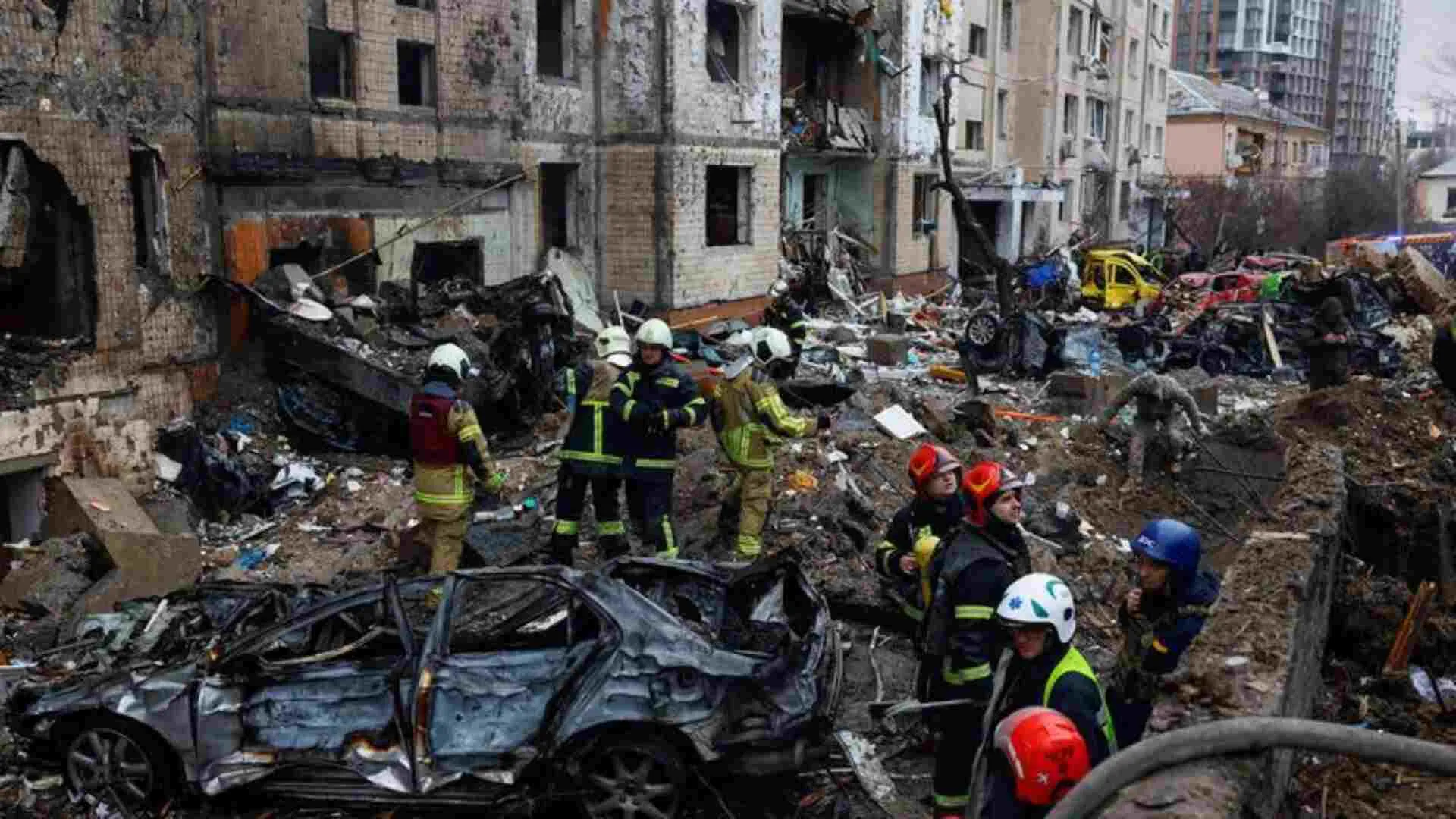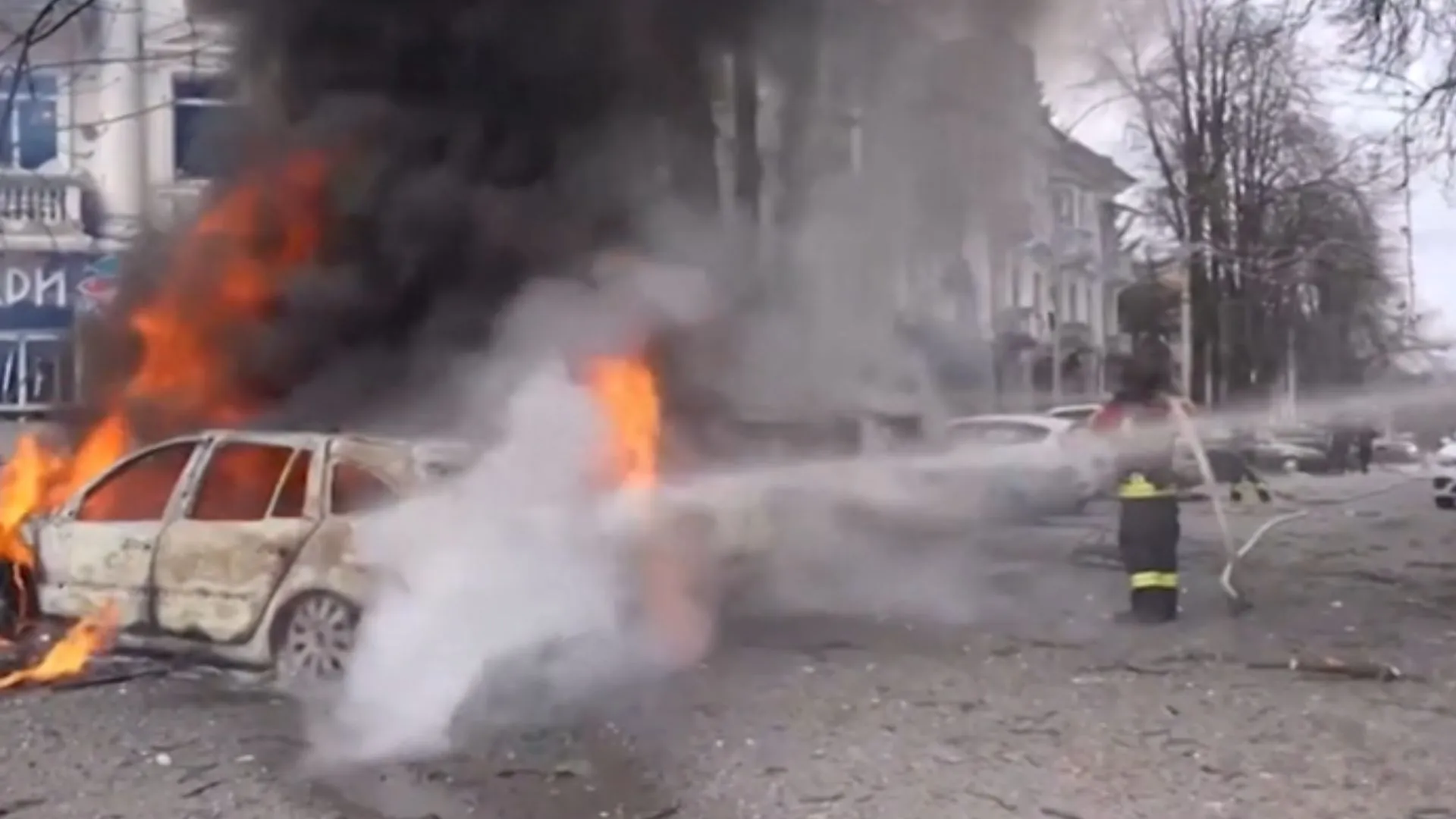On April 7, 1966, the US military finally recovered the last of four hydrogen bombs accidentally dropped on Spanish territory. The final warhead, found nearly 2,850 feet deep in the Mediterranean Sea, was hoisted aboard the USS Petrel after an intensive 80-day search. Its destructive power was almost 100 times greater than the atomic bomb dropped on Hiroshima.
After securing the bomb, military personnel carefully disassembled the device. Only then did the team relax, having secured all four nuclear weapons that had fallen after a catastrophic mid-air collision.
“This was not the first accident involving nuclear weapons,” BBC journalist Chris Brasher reported in 1968. “The Pentagon lists at least nine previous accidents with hydrogen bombs. But this was the first on foreign soil, the first involving civilians, and the first to draw global attention.”
Operation Chrome Dome and the Fatal Collision
The incident was part of Operation Chrome Dome, a Cold War strategy where US B-52 bombers, armed with nuclear weapons, patrolled constantly to be ready for a sudden Soviet strike. These long-range missions required regular in-flight refuelling.
On January 17, 1966, during one such mission above the Almería region of southern Spain, a B-52 bomber collided with a KC-135 tanker during refuelling. The fiery crash killed seven of the eleven crew members onboard both aircraft.
The bomber carried four B28FI Mod 2 Y1 hydrogen bombs, all of which detached during the collision and fell to Earth. Three landed near Palomares, a coastal fishing village.
The tanker exploded mid-air, killing its entire crew, while two B-52 crew members also died in the crash. Although four other airmen managed to eject safely, the wreckage and falling debris showered over the region — along with the nuclear payload.
Radioactive Fallout and Ground Contamination
Of the three bombs that landed onshore, two released radioactive plutonium when their conventional explosive triggers detonated upon impact. Around 0.77 square miles of land was contaminated.
While military crews quickly recovered three of the bombs, the fourth remained missing, triggering a large-scale land and underwater search operation.
Gen Wilson, then in charge, told the BBC, “My top priority was recovering the fourth bomb.”
One warhead had landed near a local bar and was soon discovered in a dry riverbed. The next morning, two more were found in nearby locations. But the final bomb had vanished without a trace.
Massive Search Yields Clues at Sea
After several days of intense ground operations, a breakthrough came when a local fisherman told Capt. Ramirez he saw something large sink into the sea — possibly mistaking it for an airman. Ramirez concluded that the object might have been the missing bomb.
This revelation shifted the operation offshore. What followed was one of the most complex ocean recovery missions in US history. Over 100 divers, minesweepers, deep-sea submersibles, and submarines joined the effort. The US Navy scrambled to retrieve the device before Soviet vessels, which had started appearing nearby, could intervene.
Eventually, the warhead was discovered over five miles off the coast. However, during an early recovery attempt, it slipped back into the water. After days of searching, the team located it again and finally brought it to the surface in early April.
Long-Term Impact on Palomares
Despite securing the bombs, the nuclear accident left lasting scars. Cleanup crews scraped off contaminated soil—up to three inches deep—and packed about 1,400 tonnes into barrels shipped to South Carolina. Yet, nearly 60 years later, radioactive remnants remain.
About 100 acres of land in and around Palomares remain sealed off due to contamination. In 2004, studies showed elevated radiation levels in local wildlife, including snails. The Spanish government expropriated several plots to prevent their use for agriculture or construction.
A 2015 agreement between the US and Spain aimed to fully clean and restore the site and transport the contaminated soil to the US. However, that agreement has yet to materialize.
The Unexploded Danger
Though none of the nuclear bombs exploded, the plutonium detonators in two of them did go off, spreading pounds of plutonium-239 across the region. The US and Spain agreed to conduct regular health checks for residents and monitor soil, water, and crops.
Even today, the Palomares incident serves as a grim reminder of the risks of nuclear weapons, even outside of war.






















